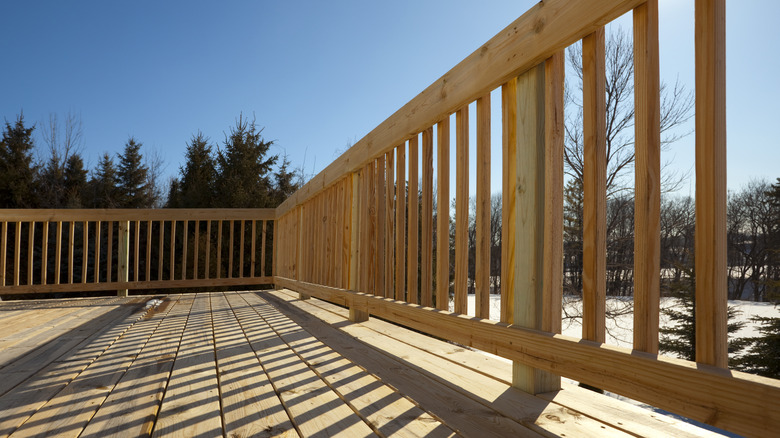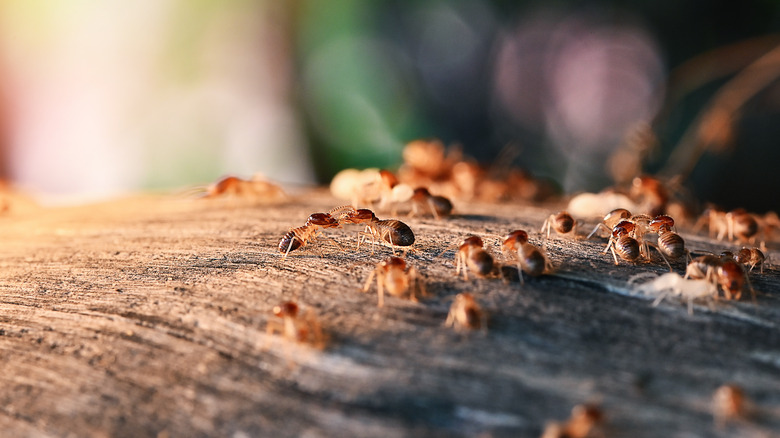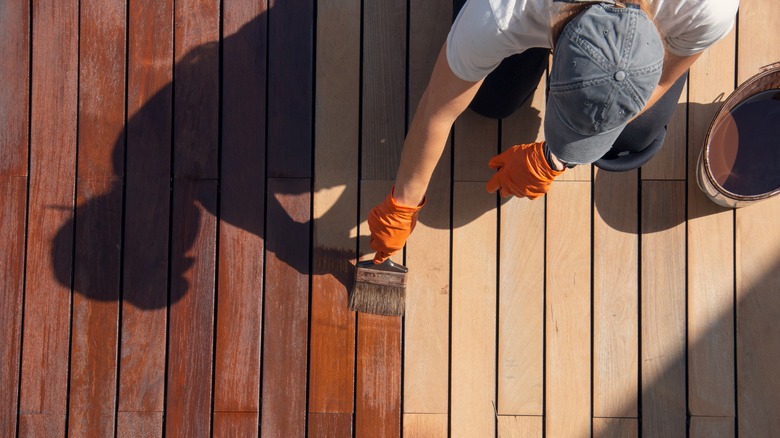Common Deck-Damaging Pests And What To Look For
If you're like other homeowners, you know that a wooden deck is a great place to spend quality time with your family. But are you giving your deck the care and attention it needs? After building the perfect home deck, you should ensure it's well taken care of. It could become unsafe if it deteriorates, develops dry rot, or experiences damage from pests, and replacement is costly. According to HomeAdvisor, a homeowner will pay $8,160 on average to build a new deck and between $30 to $60 per square foot. Not only should you be cleaning your deck regularly to maintain it, but you should also keep an eye out for common deck-damaging pests and get rid of them if they're present.
While you may think termites are the only pest that damages wooden decks, many others can potentially wreak havoc on a deck's materials. Pests are particularly attracted to older wooden decks that have been exposed to a lot of moisture and experienced rotting. If your deck has started to deteriorate, you'll especially need to watch for potential pests, like carpenter ants, carpenter bees, and powderpost beetles. They can all damage your deck in one way or another, as can rodents such as mice, rats, raccoons, possums, and skunks. Some signs are easy to spot, but it can be tricky to differentiate between the signs of each pest. And remember, just because you have deck damage doesn't mean you have a termite infestation.
How to identify the deck pest you're dealing with
Many signs will help determine if you have a termite infestation. You may notice that the wood on your deck becomes cracked or the paint is peeling. Or, identify a termite infestation by the grayish-brown film they leave on a deck surface that they have damaged. You may even notice termites swarming around and will visibly see them present in the area.
If you have carpenter ants, you'll have a presence of sawdust in the area. Identify them by spotting the worker and winged ants crawling around your deck. If you have carpenter bees, you'll notice smooth, circular half-inch holes in your deck. You'll also be able to spot the bee itself. These bees look like bumblebees but are a bit larger and don't have yellow on their abdomens. Then, in the case of powderpost beetles, you'll notice tiny holes in the wood deck as well as fine sawdust. These insects have long, cylindrical bodies and a somewhat flat look.
Mice and rats, raccoons, possums, and skunks are also common. If you notice that deck materials have been gnawed on, you may have a problem with a rodent or small animal. To identify which animal may be the culprit, you can check for paw prints. Also, consider setting up an outdoor camera to find out what type of animal or pest has been living under your deck or visiting it frequently.
Getting rid of termites and other pests
If pests are attacking your deck, the first step is to get rid of them. Whether it's termites or other pests, you have various options. Still, you may need to use pesticides or consider hiring professionals to exterminate the pests, especially if you have a serious infestation.
Once the pests have been removed, fortify your wooden deck. Adding a protective sealant to the deck and keeping it clean will reduce the chances of attracting pests and make it more difficult for them to penetrate the surface. It's also a good idea to trim and remove plants around the deck and add deck skirting. This will prevent pests from hiding close to the deck area. Also, remove standing water from the areas surrounding your deck since insects and animals are attracted to water sources. Prevent deck moisture and work to prevent dry rot. Finally, other methods to repel bugs naturally should also be considered, such as adding citronella candles and torches.
If your deck has been damaged beyond repair, carefully choose the materials you use when rebuilding it. PVC decks are a good option since they contain no wood and are more resistant to bugs. Similarly, a composite deck will work well and contain a combination of wood and plastic materials. Certain woods can also resist pests because they're more scratch-resistant, moisture-resistant, and less prone to rotting. Cedar, pressure-treated pine, mahogany, and ipe are worth considering, thanks to their increased durability.


